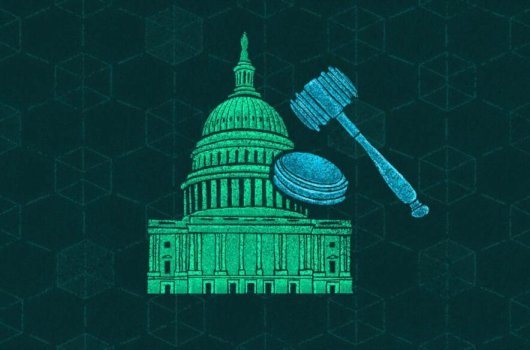Keeping networks up and running as workers turn to ‘hybrid’ arrangements – how edge data centres can cope
- Technology Solutions
- 0 Replies
The traditional data centre has been a mainstay of computing and connectivity networks for decades, with most processing transactions being carried out in a centralised core
Although core networks are essentially the backbone of any network, mobility, technological advancements and user demands have increased the need to add edge elements to the core. Gradual but growing adoption of new generation data-rich applications and IoT technologies have increased the demand for deployment of IT infrastructure closer to the end user.
The move to remote working that we have seen since the pandemic began has, in turn, helped boost the move to the edge. Edge computing is a distributed, open IT architecture that features decentralised processing power. Instead of transferring data to a data centre, IoT (Internet of Things) devices transfer it to a local connection point. The data is processed by a local computer, or server, at this edge location.
Nearer to the source
The advantages of this model are that since the edge is specifically designed to be located closer to the user, it can provide much faster services and minimises latency by enabling real-time processing of large quantities of data that then communicates across a much shorter distance. At these edge compute sites, the most commonly found devices are network switches, routers, security appliances, storage and local compute devices. Unlike origin or cloud servers, which are usually located far from the devices that are communicating with them, the edge is located closer to the user for optimal data processing and processing power application or content delivery.
Edge computing brings data processing and information delivery functionality closer to the data’s source. It is the next generation of infrastructure for the internet and the cloud – and it is experiencing rapidly accelerated growth. We’ve already seen a massive migration to the edge during the Pandemic and it is now widely reported that by 2025, 75% of all data will be processed there.
With employees often now widely dispersed, edge data centres create a reliable ‘last mile’ of connectivity, bringing critical data ‘nearer’ to those needing to use it, increasing reliability of access, security and worker productivity.
Continue reading: https://technative.io/keeping-networks-up-and-running-as-workers-turn-to-hybrid-arrangements-how-edge-data-centres-can-cope/
Although core networks are essentially the backbone of any network, mobility, technological advancements and user demands have increased the need to add edge elements to the core. Gradual but growing adoption of new generation data-rich applications and IoT technologies have increased the demand for deployment of IT infrastructure closer to the end user.
The move to remote working that we have seen since the pandemic began has, in turn, helped boost the move to the edge. Edge computing is a distributed, open IT architecture that features decentralised processing power. Instead of transferring data to a data centre, IoT (Internet of Things) devices transfer it to a local connection point. The data is processed by a local computer, or server, at this edge location.
Nearer to the source
The advantages of this model are that since the edge is specifically designed to be located closer to the user, it can provide much faster services and minimises latency by enabling real-time processing of large quantities of data that then communicates across a much shorter distance. At these edge compute sites, the most commonly found devices are network switches, routers, security appliances, storage and local compute devices. Unlike origin or cloud servers, which are usually located far from the devices that are communicating with them, the edge is located closer to the user for optimal data processing and processing power application or content delivery.
Edge computing brings data processing and information delivery functionality closer to the data’s source. It is the next generation of infrastructure for the internet and the cloud – and it is experiencing rapidly accelerated growth. We’ve already seen a massive migration to the edge during the Pandemic and it is now widely reported that by 2025, 75% of all data will be processed there.
With employees often now widely dispersed, edge data centres create a reliable ‘last mile’ of connectivity, bringing critical data ‘nearer’ to those needing to use it, increasing reliability of access, security and worker productivity.
Continue reading: https://technative.io/keeping-networks-up-and-running-as-workers-turn-to-hybrid-arrangements-how-edge-data-centres-can-cope/























